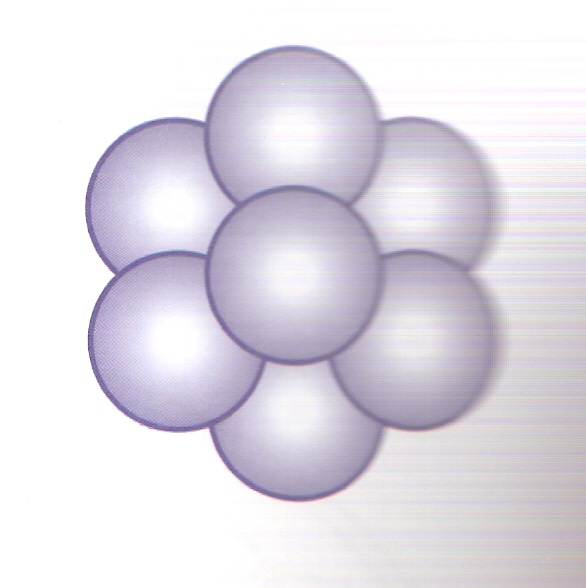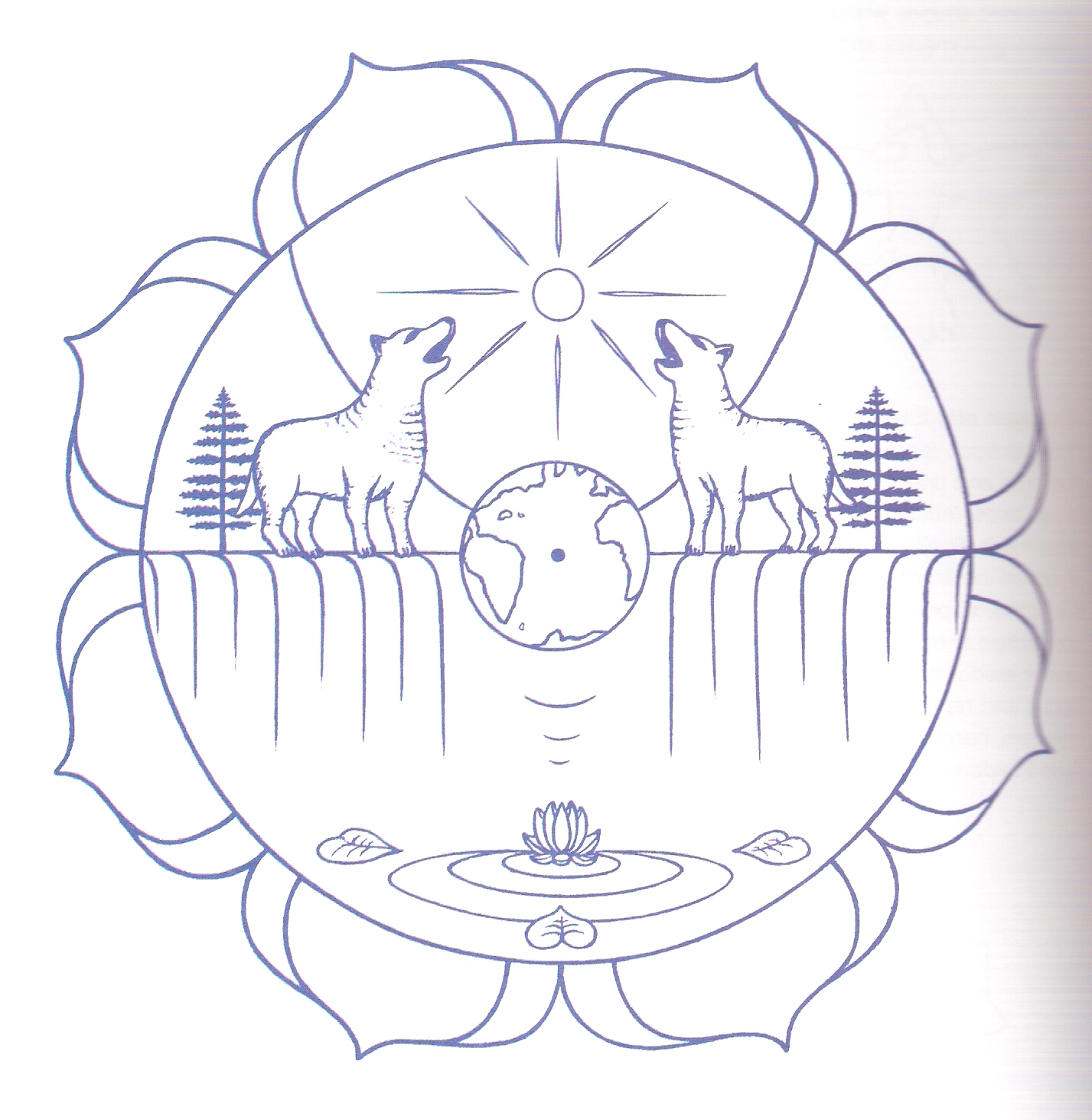|
|
Anna Esteban, Llicència d'estudis a St Helens, 2005-06 |
.jpg)
| Sessions |
Two
|
|
| Focus |
To create Mandalas
To identify the wide range of patterns that can be achieved from experimenting with simple mathematical shape. To create a piece of artwork convening colour, lines, shape, symbols and geometry. To use their imagination, be open and experiment. To gain appreciation for mandalas in many cultures |
|
| Material |
Compass
eraser, ruler, pencils, coloured pencils, art paper |
|
| Resources |
Book:
The art of creative drawing. Web: Madisson Middle School: |
|
| Talk about |
The colour qualities using the
information given, relations and
associations with, which colour they prefer and try to explain why. They
can just read and talk about it or you can make a guessing activity.
Mandala is a symbol of wholeness. It's the Sanskrit word for circle. Much of the inspiration derives from ancient Cultures on the form of Mandalas. The Mandala dates back centuries and it is known as the Flower of live and found throughout the world in a number of ancient temples, ( Tibetan, American Indian, Arabic, Mayan and Indian). The propose of the Mandala is to explain mythological stories and culturally distinctive artwork. |
|
| Sketchbook |
Practise drawing circles and squares with ruler and compass.
|
|
| Doing |
Activity 1-
Draw The Seed of Live
Draw a square 180cm . 180cm and add the midlines for the vertical and horizontal to obtain the central point. Place the compass in the centre point and draw a circle appro 70cm wide. Draw a 2n circle the same size as the first locating its centre by making the top of the first circle. Draw a third circle to the right of its position, its centre at the point where the first two circles intersect. Following this pattern continue to anchor your compass where each new circle intersect with the centre circle. Ensuring all circles are identical. Then add colour or shades to represent 3D. Activity 2: Free choice They can choose between: A) Trace, enlarge or colouring one of the mandalas given and experiment with colours and shading. B) Choose one of the templates given, there are the outer perimeter for an image in various styles and geometry configuration. The inner centre is left blank for personalising the design. |

|
|
Developing the idea |
|
 |
|
Vocabulary and language |
Mandala perimeter, radius, diagonal compass overlap |
shapes: diamond, square, triangle, ellipse, pentagon, hexagon, oval, semi-circle work: ordered, balanced, chaotic, disturbing Visual qualities: Shape, pattern, decoration, natural, mathematical, symmetry |
|
Assessment |
- Can children identify different shapes, symbols, colour and geometry? - Do children show symmetrical or radial balance in the creation of the mandala? - Review what they and the others have done and say what they think and feel about it, using descriptive vocabulary. - How innovative/original is your design? |
|